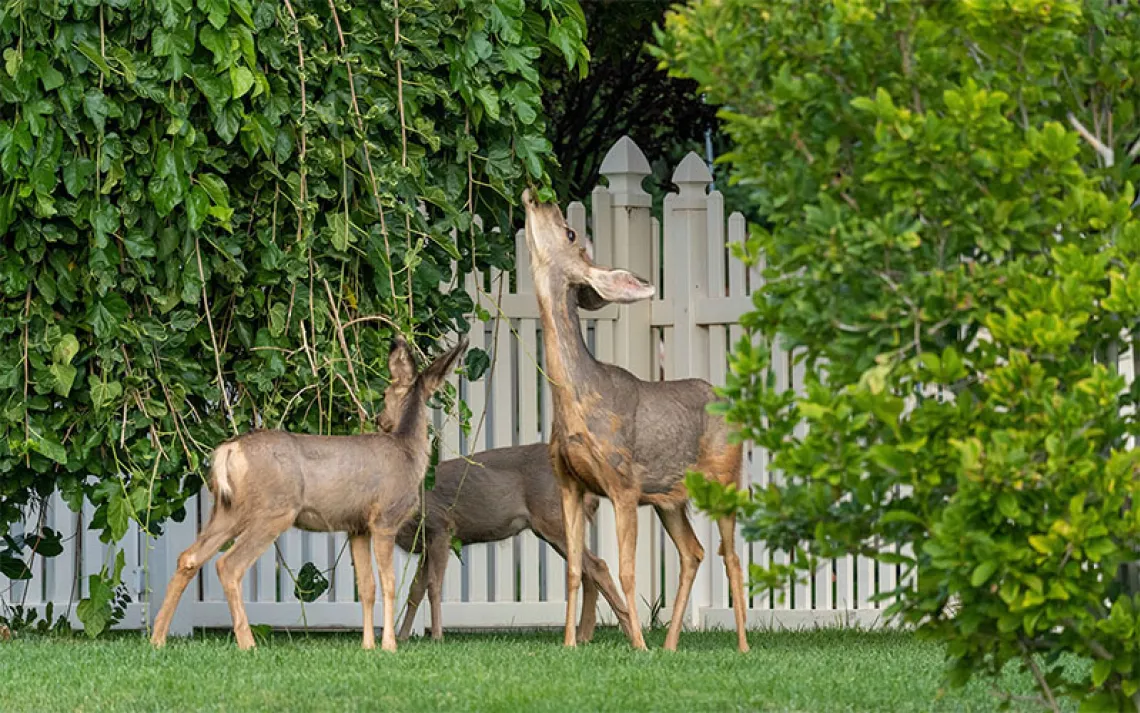Are Barn Owls Nature’s Best Pest Control?
A new study shows just how much owls can help farmers reduce rodents in their fields

A barn owl flying. | Photo by GlobalP/iStock
If you’re a farmer looking for an environmentally friendly and cost-effective form of pest control, look no further than your neighborhood barn owl. For decades, farmers and plantation owners have built nest boxes for the birds as a way to reduce pesky rodent populations. Now a new study shows that barn owls are also one of the most economical ways to protect crops.
“In our study, for the first time, we have produced numbers on how many rodents are being taken by a barn owl family,” says Mark Browning, a biologist and director of the Barn Owl/Rodent Project. “With that information, we begin to understand the impact of the owls on a rodent population. Now farmers can actually gauge the effectiveness of the nest boxes.”
In 2011, Browning and his team installed 25 nest boxes on a 100-acre vineyard in Lodi, California. After two years, 18 mating pairs of owls had moved in and removed over 25,000 rodents from the property at a fraction of the trapping and poisoning cost. Taking into account materials, labor, and upkeep, the cost per rodent removed by owls was $0.37, compared to $8.11 per rodent trapped. An annual application of strychnine poison, which costs $1,400 per year with unmeasurable success rates, costs more in the long term than the initial $6,025 it took researchers to install nest boxes. After 10 years, strychnine could be more than twice as expensive as nesting owls.
“Using barn owls as part of an integrated pest management solution has always been my approach,” says Alex Godbe, founder and director of the Hungry Owl Project. “It has clearly been a successful and low cost form of rodent control for many of the vineyards the Hungry Owl Project works with.”
Owl boxes are also environmentally friendly. They replace the need to distribute harmful chemicals like rodenticides onto the ground. The use of anticoagulants such as warfarin, brodifacoum, and bromadiolone have been linked to the deaths of bobcats, foxes, coyotes, and hawks across the state. In a 2012 study conducted by WildCare, a wildlife hospital in San Rafael, California, 79.1 percent of raptors tested positive for secondary rodenticide poisoning. Animals infected with rodenticides often die slowly, get disoriented, and make for easy prey, thus passing the poison up the food chain.
“The results from Mark Browning’s research are so important for those who have chosen to believe the hype from companies producing rodenticides and pesticides,” says Godbe. “The poisons are killing off the owls and other rodent-eating predators that are so much more efficient at keeping rodent populations in check.”
One reason barn owls in particular make good pest removers is their wide range of habitats. The owls are found from fields to forests in the Americas, Europe, Africa, India, Southeast Asia, and Australia. “They are highly tolerant of human activity, fledge large numbers of young, possess the appetites of far larger owls and, most importantly, will live in such concentrated groups that they are often termed colonial by researchers,” says Browning. “Because owls remain faithful to their breeding sites, a barn owl program can remain a self-sustaining, low-cost form of rodent suppression for many years.”
Browning has presented his findings at the European Vertebrate Pest Management Symposium in Spain and the Vertebrate Pest Conference in California. They are currently under review for publication in a prominent vertebrate pest control journal.
 The Magazine of The Sierra Club
The Magazine of The Sierra Club



